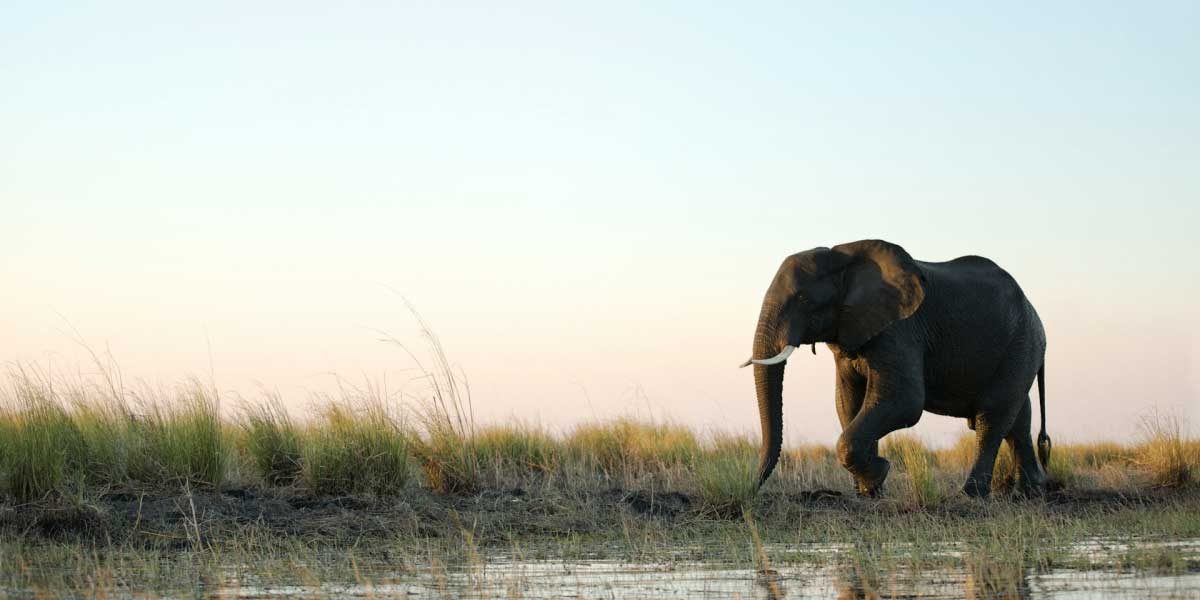In a compelling turn of events, the enigma surrounding the mysterious deaths of Zimbabwe’s elephants has been unraveled by a dedicated team of researchers. Three years ago, a series of inexplicable deaths struck dozens of African elephants in Zimbabwe, leaving conservationists baffled. Now, a rare and little-known bacterium, Pasteurellaceae Bisgaard taxon 45, has emerged as the primary culprit behind this tragic phenomenon, shedding light on the cause of these fatalities. This revelation holds significant implications for wildlife conservation efforts, particularly in the context of protecting the endangered African elephants (Loxodonta Africana).
Identifying the Elusive Culprit from Zimbabwe
In a recent study published in Nature Communications on October 25, researchers reported the presence of Pasteurellaceae Bisgaard taxon 45 in samples obtained from six out of the 15 elephants subjected to analysis. This bacterium, closely related to Pasteurella multocida, is notorious for causing organ inflammation leading to deadly hemorrhaging. While Pasteurella multocida is known to cause hemorrhagic septicemia, Bisgaard taxon 45’s role in such infections had remained undiscovered until now.
Laura Rosen, an epidemiologist at the Kavango-Zambezi Transfrontier Conservation Area’s Animal Health Sub-Working Group, acknowledges that the mystery of how Zimbabwe’s elephants became infected with this deadly bacterium remains unsolved. However, this discovery does provide a crucial piece of the puzzle in the ongoing efforts to safeguard these endangered animals.
Puzzling Patterns in Elephant Mortality
The timeline of the elephant deaths from August to November 2020 in northwestern Zimbabwe coincided with similar incidents in neighboring Botswana, where as many as 350 elephants met a sudden demise. In Botswana, cyanobacteria were identified as the cause, but no evidence points to cyanobacteria as the culprit in Zimbabwe’s elephant deaths. Moreover, anthrax, another suspected killer, was ruled out due to the absence of telltale symptoms in the elephant carcasses.
Postmortem examinations revealed signs of inflammatory bleeding in internal organs and bodily tissues, consistent with the effects of P. multocida. The elephants exhibited enlarged spleens and livers, as well as extensive internal bleeding and tissue death. Notably, hemorrhagic septicemia had not previously been observed in African elephants, but it had been identified as a threat to wildlife in other regions, such as Kazakhstan.
After conducting more sophisticated laboratory tests on the elephant samples, P. multocida was excluded as the causative agent. Genetic analysis and the isolation of the bacterium in six samples provided conclusive evidence that Bisgaard taxon 45 was responsible for the elephant deaths.
The Broader Implications for Wildlife Conservation
Bisgaard taxon 45’s previous isolation from various sources, including tiger and lion bite wounds in humans, chipmunks, and healthy captive parrots, raises questions about its presence in the elephants’ normal flora. Moreover, it remains uncertain whether factors such as heat, stress, or social interactions among the elephants play a role in triggering the bacterium’s deadly effects.
These findings underscore the importance of vigilance when investigating unexplained wildlife deaths, not only among elephants but across various species in Africa. Shahan Azeem, a veterinary microbiologist, emphasizes the need for further research to identify animals carrying the bacterium and understand its role in the spread of Bisgaard taxon 45 among African elephants.
In conclusion, the discovery of Pasteurellaceae Bisgaard taxon 45 as the culprit behind Zimbabwe’s elephant deaths represents a significant breakthrough in wildlife conservation efforts. This revelation prompts a reevaluation of our understanding of the threats facing these magnificent creatures and reinforces the importance of ongoing research to protect the delicate balance of nature.
















